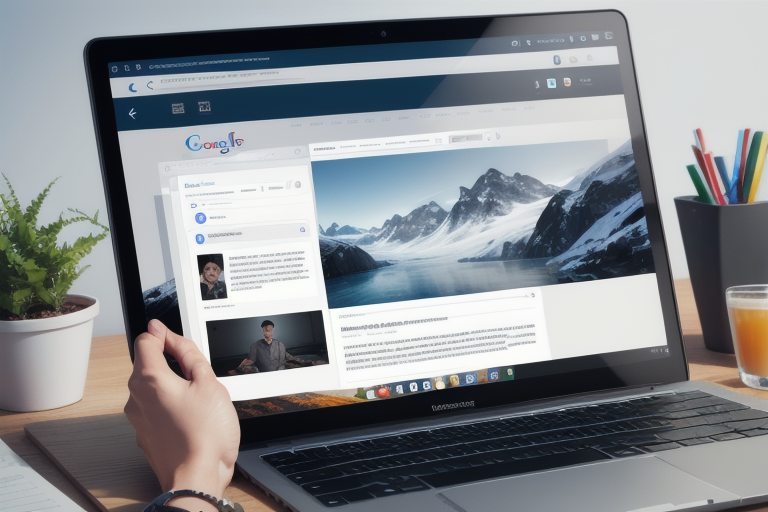Improving Your Website's Technical SEO

Understanding Technical SEO Issues
Technical SEO is a critical component of any digital marketing strategy, as it directly impacts your website’s visibility and ranking on search engines like Google. To improve your website’s SEO, you need to address various technical issues that could be hindering its performance. One key area of focus is mobile-friendliness. With the majority of web traffic now coming from mobile devices, ensuring your website is optimized for these users is paramount. You can use tools like Semrush’s Site Audit to check your site’s mobile-friendliness and identify areas for improvement.
Improving Page Speed
Page speed is another crucial factor that influences user experience and search engine rankings. Slow-loading pages can lead to high bounce rates and negatively affect your SEO. Utilize Google’s PageSpeed Insights tool to analyze your page load times and aim for a speed of no more than a few seconds. This involves optimizing images, minifying CSS and JavaScript files, and leveraging browser caching to reduce the load time.
Resolving Technical SEO Issues
To tackle technical SEO issues effectively, it’s essential to run your website through tools like Semrush’s Site Audit. This tool can help identify errors, warnings, and notices related to crawling and indexing, providing you with a clear roadmap for improvement. Addressing these issues promptly is vital as they can significantly impede your website’s ability to rank well on search engines.
Optimizing Images and Structured Data
Optimizing images by compressing them using tools like TinyPNG or ShortPixel not only improves page speed but also enhances user experience. Additionally, adding structured data to your HTML helps search engines better understand the content of your pages, which can lead to richer search results and improved rankings. Structured data includes details like reviews, event dates, and contact information, making it easier for users to find what they’re looking for.
Managing Hreflang Conflicts and Meta Descriptions
Hreflang conflicts occur when the same content is accessible to the same users on different URLs with different languages or geographic regions. Resolving these conflicts by specifying the language and country/city for each page ensures that search engines serve the correct version of your content to the right audience. Moreover, removing duplicate meta descriptions across all pages is essential as it helps prevent confusion among search engines about which description to display in search results.
Leveraging Image Alt Tags and Internal Linking
Optimizing image alt tags by adding descriptive text that includes target keywords can improve image search rankings and provide additional context for users with disabilities. Furthermore, using internal linking strategically helps search engines understand the hierarchy of your website, making it easier for them to crawl and index your content. This practice also aids in spreading link equity throughout your site, potentially boosting the ranking of key pages.
Ensuring Content Quality and Relevance
Lastly, ensuring that your content is high-quality, relevant, and up-to-date is crucial. Search engines prioritize content that matches these criteria, as it provides more value to users. Regularly updating your content with fresh insights, statistics, or best practices not only keeps your audience engaged but also signals to search engines that your site is actively maintained and worthy of crawling more frequently.
Implementing Technical SEO Fixes
The journey to improving your website’s SEO involves using tools like Semrush’s Site Audit and Google’s PageSpeed Insights to identify and fix technical issues. By following the actionable tips provided here, you can significantly enhance your website’s visibility on search engines. Remember, SEO is a continuous process that requires regular monitoring and adjustments to keep pace with changing algorithms and user behaviors. With dedication and the right strategies, achieving a top spot on Google is not only possible but also a sustainable goal for any digital venture.

 Never miss an update from us, subscribe to our newsletter
Never miss an update from us, subscribe to our newsletter